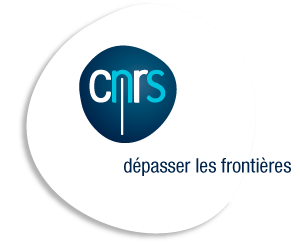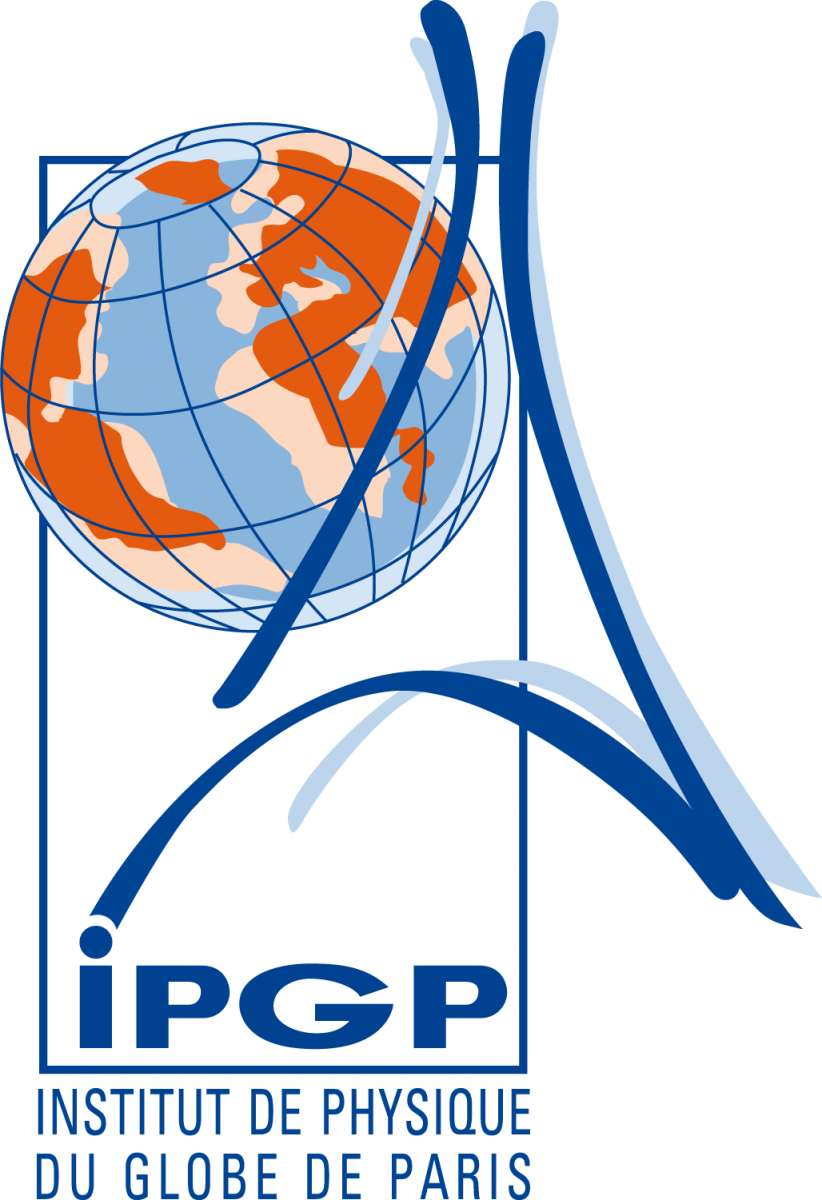Abstract submission now open until 3rd September 2010 at: http://www.agu.org/meetings/fm10/program/abstract_submissions.php
Further details at: http://www.agu.org/meetings/fm10/
Sessions can be viewed at: http://www.agu.org/meetings/fm10/program/scientific_session_search.php
Sessions of interest to InterRidge members:
OS14:Integrated Studies at Oceanic Spreading Centers: Linking Spreading Center Processes Across Disciplinary Boundaries
Description: Spreading centers feature diverse interlinked systems that transfer mass and energy from the mantle to the crust, the ocean, and the biosphere. The Ridge 2000 program is building a holistic understanding of spreading centers through observation, modeling, and comparison of selected Integrated Study Sites and other oceanic spreading centers, and Time Critical Studies of magmatic and tectonic events. This session will provide a forum for field, laboratory, and theoretical studies of spreading center processes and to share insight on magmatism, tectonics, volcanism, fluid and rock geochemistry, hydrothermal circulation, vent systems, and micro- and macro-biological phenomena.
Conveners:Laurent Montesi<[email protected]>, Marie-Helene Cormier<[email protected]>, George Luther<[email protected]> Tim Shank<[email protected]
Session T37, “New Advances on Studies of the Tibetan Plateau and the Himalayas”
Description: The Tibetan Plateau is the best manifestation of the Plate Tectonics on land. It is the highest, largest and youngest plateau in the world with the Himalayan range at its southern edge representing the longest and most dynamic orogeny on Earth today. The Tibetan Plateau-Himalayas system is thus arguably the prime natural laboratory for understanding continental geodynamics, and offers a modern snapshot on the amalgamation of super continents and related processes on all scales. The past decades have seen many new developments. The aim of this special symposium is to invite members of the international community to share their new findings and new perspectives on the origin, evolution and present-day state of the Tibetan Plateau and the Himalayan Orogeny. We welcome papers on issues including, but not limited to, (1) the evolution of the Tethys; (2) the timing of the India-Asia collision; (3) the nature and origin of the thickened crust and mantle lithosphere; (4) the collision-induced lithosphere deformation and mantle flows; (5) the timing, mechanism and uplift history of the Plateau; (6) the origin of the syn- and post-collisional magmatism and mantle thermal structure beneath the Plateau; (7) the transient deformation from GPS and InSAR, crustal and mantle rheology and the impact on regional and global climate changes.
Conveners: Xuanxue Mo (China University of Geosciences in Beijing; [email protected]), James Ni (New Mexico State University; [email protected]), Chengshan Wang (China University of Geosciences in Beijing; [email protected]), Xixi Zhao (University of California at Santa Cruz; [email protected]), Yongshun Chen (Peking University; [email protected] ), Thomas Hearn (New Mexico State University; [email protected])
DI14: Melts and Fluids in the Deep Mantle
Description: Melting and melt migration play an integral role in the structure of the Earth's interior, thermochemical evolution, physical properties, and interaction among different chemical reservoirs. This session invites presentations from geodynamics, petrology, mineral physics, seismology, and geochemistry related to melting. We encourage submissions on melt generation (thermodynamics of melting, volatiles, geochemical signature), physical properties (elastic properties, rheology, transport properties, equations of state), geodynamics (cross scale modeling, multiphase flow, magma oceans, thermochemical convection, subduction zones and ridges), and observations (LVZ and ULVZ, electrical conductivity) related to the Earth's deep interior and early history.
Conveners: Saswata Hier-Majumder (University of Maryland), Guillaume Richard (J.W. Goethe Universitaet), Justin Revenaugh (Univ Minnesota), & Takashi Yoshino (Inst Study Earth Interior)
ED11: New Resources, Approaches and Technologies for Teaching about Plate Margins
Description: Students must understand the relationships among the tectonic, structural, petrologic and geochemical processes that occur at plate boundaries if they are to move from undergraduate geoscience courses into modern multidisciplinary geoscience research. This session seeks to highlight innovative resources and approaches to teaching plate boundary science, as have been produced in association with major research initiatives (MARGINS, Ridge2000, IODP, Earthscope), or as facilitated by new data and geospatial information resources (EarthChem, GeoMapApp/MGDS, Google Earth). Programs that move students from the classroom into plate margin research, at either the undergraduate or graduate level, are also of interest.
Conveners: Jeffrey Ryan (University of South Florida), Rosemary Hickey-Vargas (Florida International Universi), Donald Reed (San Jose State University), Andrew Goodliffe (University of Alabama), & Cathryn Manduca (Carleton College)
OS15: Ocean Exploration
Description: With 95% of the ocean unknown or little known, ocean exploration is an emerging (or re-emerging) discipline in oceanography that is interdisciplinary and global in scope. Data and observations resulting from ocean exploration activities often result in new discoveries, new insight, new knowledge and new frontiers and can lead to the revision of existing paradigms or the formulation of new paradigms in the oceans poorly known and unknown regions. This session will highlight the technology, science and expeditions that explore ocean, coastal and Great Lakes environments. Results can be from any branch of marine science or technology and may include serendipitous observations from moorings, fixed platforms, research cruises, or designated exploration activities.
Conveners: Nicolas Alvarado (NOAA/OAR) & Reginald Beach (NOAA)
OS26: Deep-Sea Hydrothermal Systems: New Knowledge from New Discoveries and New Technology
Description: Recent discoveries of vent fields at ultraslow spreading ridges and arc environments provide new information on hydrothermal activity and vent ecosystems. The use of novel technology like AUVs has changed search strategies and enhanced imaging - providing detailed views of vent sites and their volcano-tectonic controls. New molecular techniques yield deeper insight into the biogeochemical processes, the biogeographic patterns and the biological evolution in the deep-sea. We invite reports on new discoveries, including using novel technology for vent exploration, as well as new analytical approaches and results that cast light on deep-sea hydrothermal activity and vent ecosystems at all tectonic settings.
Conveners: Rolf B. Pedersen (University of Bergen), Deborah Kelley (University of Washington), Bramley Murton (National Oceanography Centre), & Timothy Shank (Woods Hole Oceanographic Institution)
T22: New Views On Melt-Present Deformation In The Oceanic Lithosphere
Description: Recent advances in sea-floor sampling and quantitative rock fabric analysis have enhanced our knowledge of the nature of deformation within the partially-molten lower oceanic crust and upper mantle. However, observations and models regarding the length-scales, rates, kinematics and magnitude of strain in partially molten systems are not well constrained. We solicit contributions from studies on both oceanic and ophiolitic environments that further constrain these and other parameters that govern the rheology of melt-present deformation within oceanic lithosphere. We also welcome integrated thermal, chemical, and geophysical studies that constrain and/or model melt-present deformation at both slow and fast spreading ridges.
Conveners: Aaron Yoshinobu (Texas Tech University) & Benoit Ildefonse (CNRS - UniversitΘ Montpellier 2)
T24: Recent Submarine Volcano-Tectonic Events Along Western Pacific Island-arcs, Back-arcs, and Subduction Zones
Description: Several regional-scale geologic events have occurred within the last year at the Lau back-arc basin, Tonga volcanic-arc and trench: the 18 March 2009 shallow-water eruption near Tonga, the 29 September 2009 Samoan earthquake (Mw 8.1), and the ongoing, deep-ocean eruption at West Mata volcano. Studies of such recent events provide important information on regional volcano-tectonic perturbations, responses, and timescales, and are foci of the NSF Ridge2000 and Margins programs. We solicit studies from marine geophysics, volcanology, petrology, marine chemistry, and physical oceanography to provide an integrated view of West Pacific upper mantle, ocean crust and water-column processes.
Conveners: Robert Dziak (Oregon State University), Kenneth Rubin (Univ Hawaii), & Edward Baker (NOAA/PMEL)
V28: Building the Volcanic Oceanic Crust
Description: One current focus of mid-ocean ridge research is the mechanisms and timescales of volcanic oceanic crust construction, with detailed studies at Lau Basin, EPR, Juan de Fuca, MAR, SWIR and elsewhere. Topics include the rate of melt delivery, its distribution in the crust, melt aggregation and interaction, relations between melt source, gabbroic crust and surface volcanism, episodicity and interplay of volcanism and faulting. Methodologies include high-resolution imaging and geophysics, detailed geochemistry, U-series and other dating methods. Cross-disciplinary and regional perspectives are important for attaining solutions. We solicit contributions on any aspect of these problems. Such diverse studies will provide an exciting and stimulating session.
Conveners: Roger Searle (Durham University), Kay Achenbach (Durham University), Bramley Murton (National Oceanography Centre), & Chris Waters (Woods Hole Oceanographic Institution)




